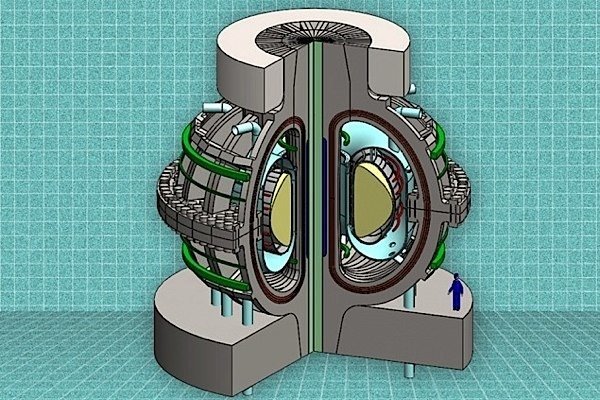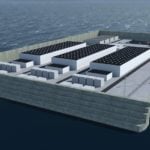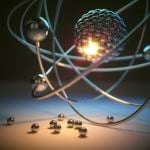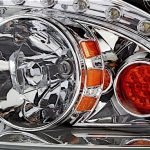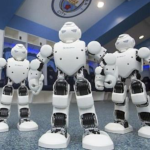New magnet technology could make the dream of nuclear fusion power plants less dream and more reality. Engineers at the Massachusetts Institute of Technology (MIT) say they have designed a prototype fusion reactor that could produce significant power and be commercially available in as little as a decade. The era of practical fusion power and the “nearly inexhaustible” energy it promises may be coming near, say the team at MIT’s Plasma Science and Fusion Centre.
The model uses commercially available superconductors to produce high-magnetic field coils. The magnetic field is necessary for confining the superheated plasma in which the fusion reaction takes place. The superconducting tapes used in the new design allow the process to take place in a smaller device, which in turn makes the system less expensive and faster to build.
To give an idea of how much less expensive the proposed new system could be, MIT compares it to a nuclear fusion reactor now under construction in France. That reactor, called ITER, will cost “around $40 billion.” The new version, called ARC, which is based on the same physics, would have approximately half the diameter of the ITER reactor, and produce the same amount of power at “a fraction of the cost.”
Fusion, the MIT team explains, is the nuclear reaction that powers the sun. It involves fusing pairs of hydrogen atoms together to form helium. The process releases enormous amounts of energy. The “hard part” has been handling the superhot gas, or plasma, which reaches temperatures “hotter than the cores of stars.” The magnetic fields trap the heat and particles in the centre of the device.
Another innovation in the design is the use of liquid material to surround the fusion chamber. Typically, solid materials are used for this purpose, but these degrade over time and need to be replaced, a costly procedure. Using liquid instead makes replacement easier and less costly.
Yet another positive about the MIT reactor is that it is designed to produce three times as much electricity as it uses to keep running. So far, no fusion reactor has achieved this, so their net energy production would be a “major breakthrough” in fusion technology, according to the team. As designed, the reactor could provide electricity for about 100,000 people.

